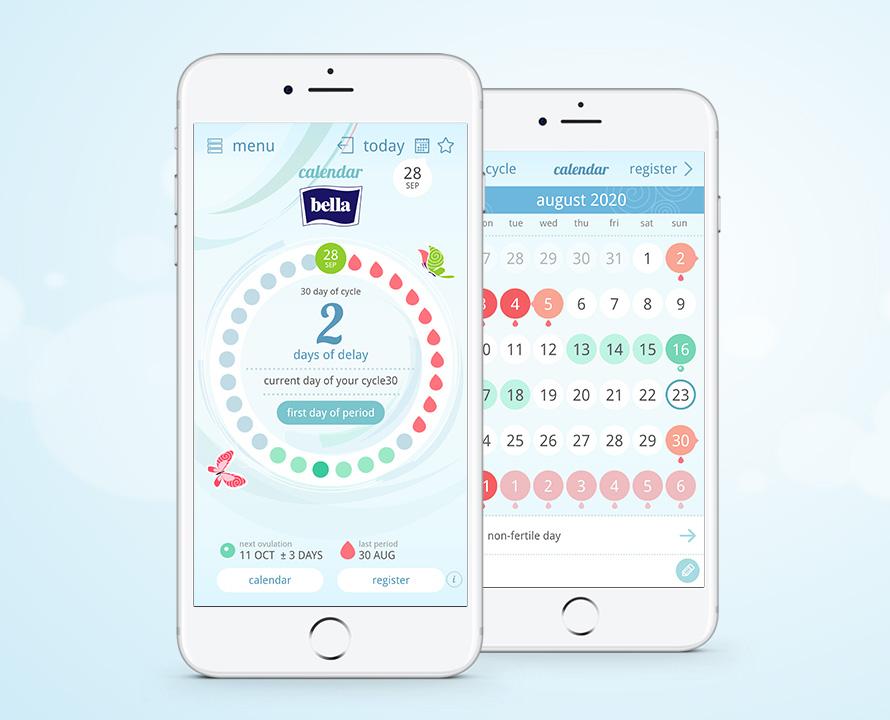 konfigurator
konfigurator
 Products
Products

Everything you need to know about ovulation
Ovulation occurs usually in the middle of your menstrual cycle, around 12-16 days from the first day of a period. Ovulation involves releasing an egg cell from the Graafian follicle that matures in the ovary. The egg cell moves through one of the Fallopian tubes and, if it becomes fertilised, it is implanted in the uterus
Egg cells and ovulation
 You may find it surprising, but the number of egg cells is predefined, that is every woman is born with a specific number of egg cells: from 700 thousand to 2 million egg cells. Unfortunately, the majority of the egg cells is subject to degeneration and there are only 40 thousand egg cells left in a woman’s ovaries.
You may find it surprising, but the number of egg cells is predefined, that is every woman is born with a specific number of egg cells: from 700 thousand to 2 million egg cells. Unfortunately, the majority of the egg cells is subject to degeneration and there are only 40 thousand egg cells left in a woman’s ovaries.
Generally, ovulation is practically symptomless. Apart from changed consistency and colour of the cervical mucus or a higher body temperature, women do not experience any symptoms. Painful ovulation or periovulatory pain is caused by significant expansion of the ovary wall. When you are ovulating, you might also observe periovulatory bleeding.
One or two ovulations?
In a woman’s cycle, there is usually one ovulation, but it happens that there is no ovulation whatsoever or there are two ovulations during one cycle. Sometimes, two Graafian follicles might mature at the same time in both or in one ovary. It happens that the follicles mature one right after the other or totally spontaneously, e.g. during a sexual intercourse. If there is no ovulation – it means that an unruptured Graafian follicle underwent luteinisation and the egg cell was not released outside. There are various reasons of anovulatory cycles. Interestingly, we can even be unaware of that fact because no ovulation does not necessarily have to mean no menstruation, which can happen on time or with a slight shift. The causes of no ovulation are diverse, while treatment depends on the diagnosis. Remember, however, that anovulatory cycles happen in healthy women too. If it happens once or twice a year, do not worry.

Tips for teenagers
Learn more
Tips
for all
of us
Learn more

Tips in menopause
Learn more#DISPOSEWISELY!
On the packaging of products, such as sanitary napkins, panty liners and tampons, you can see the marking:


It is to clearly indicate where used hygiene products should go and illustrate the consequences of their improper disposal.
Thanks to proper segregation, we contribute to reducing the amount of waste of hygiene products thrown into toilets and, consequently, ending up in the seas and oceans.
Find out more
 Polski
Polski Angielski
Angielski Rosyjski
Rosyjski Czech Republic
Czech Republic India
India Lithuania
Lithuania Germany
Germany Romania
Romania Słowacja
Słowacja Ukraine
Ukraine Hungary
Hungary Austria
Austria Bułgaria
Bułgaria

